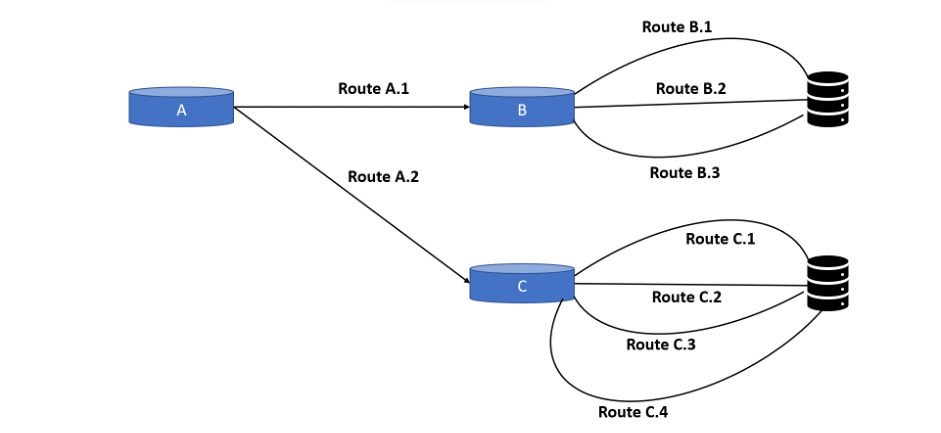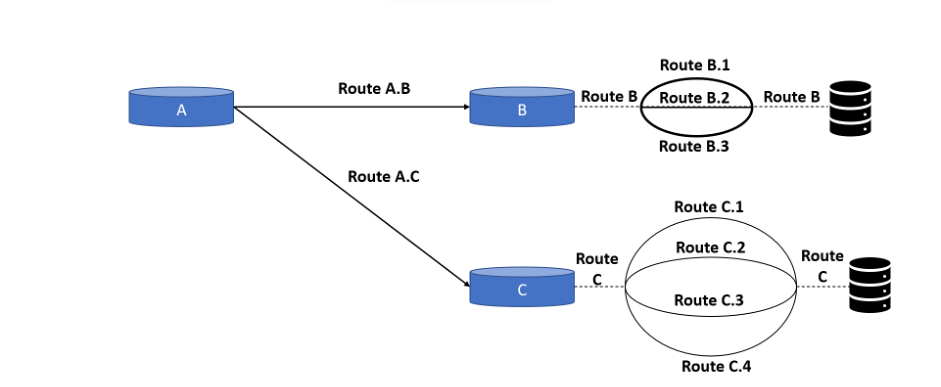The Internet is not that much easy as we think. It is a vast and massive bunch of hardware devices interconnected all over the internet. These devices are assembled in groups and then these tiny groups are connected with each other, and then these massive groups are connected with each other and the cycle goes on. Each device has its own specialty and role. If in any case any one of the devices started malfunctioning, it will affect the whole network. Sometimes these malfunctionings are self occurred and sometimes the protocols force these devices to start malfunctioning.
Network flapping is a kind of malfunction that is generated due to an extra advanced mechanism of traffic control in the network.
Let’s discuss it in detail:
First, understand the word Flapping. Its simple meaning is unexpected or randomly switching between two choices. Like if we wanted to choose an option between two options such as A and B, then the system shows that Option A is better and then suddenly says that option B is better, and when we select B then again its shows that A is better. This event can irritate us and we can’t select any one option.
Network Flapping
In a network, routers are used, whose main responsibility is to find and allot the best route between client and host for broadcasting. These routers are mainly divided into two types Static and Dynamic.
Statice routers always carry just one route for all transmission instead of Dynamic routers which provides the choice of more than one better path.
Network flapping occurs in these Dynamic routers. In this flapping situation, the dynamic router switches between two different routes for a similar host for transmission.

As we can see in the above diagram the router has two routes to reach a similar Host. According to the network protocol in normal situations, the Router should use only one route for transmission like the below diagram:

Or vice versa

In special cases like heavy traffic, the dynamic router can use the alternate or both routes for transmission as shown in figure 1. Every time the dynamic router chooses a route it updates the routing table about the transmission and the route provided. This is a little bit complex and time-consuming process but it ensures 100% successful transmission asap.
So, what’s the issue here?
When the dynamic routers alternate between available routes even in a normal situation or not required condition, then it creates havoc. Every time the flapping occurs the dynamic router updates the routing table. So, when it alternates randomly during a broadcast of a single data item, then extra pressure puts on the network due to unnecessary routing traffic. And if the dynamic router continuously repeats the thing, then the overall network may be disturbed.
These types of dynamic routers are known as flapping routers.
Let’s take an example.
Suppose you are standing at a crossroads during a red signal. You need to go straight and you have a clean road, but the traffic controller forced you to use the alternate way saying it is the best route. As responsible citizens, you obey the traffic controller and started to move in that direction but suddenly the traffic controller stops you and says to use the old route saying it is the best route. Now it’s a little irritating but you obey the rules and started to move in the old direction, but suddenly the traffic controller stops you again and says to use the alternate way saying it is the best. Now just think what will happen.
You get frustrated because the controller actually stops you to use both ways. You will not reach your destination and your time is wasted.
And at the same time, the traffic behind you is increased due to you standing between the road as an obstacle for the followers.
So, what we can conclude:
- We can’t go anywhere.
- Our time is wasted.
- The traffic is created and increased continuously.
- The overall crossroads is full of traffic and soon the connected crossroads will be overcrowded too.
- Just one unwanted situation created this havoc.
- And you know what, what is the best part when we need to clear this all traffic, this will take a lot of time and effort. So, the best solution to this problem is to prevent this situation.
In a similar way when a flapping dynamic router started unwanted flapping, the actual data packets are stuck in between the transmission and unable to reach their destination. Due to this, the group of data packets is stuck in a traffic-like situation. This kind of blockage in the network can impact the whole network.
Route Summarization
For the Prevention of network flapping the Route Summarization technique is used. In Route Summarization, all the routes connected to a Router are arranged in such a systematic way that it does not need any alternative route. All the routers connected are arranged in a similar way.


Here figure 4 shows a network without route summarization, and figure 5 shows the route summarization.
In route summarization, all available routes with different IDs are masked with a common ID. As we can see in figure 4 at router B, we have three different routes with different IDs such as B.1, B.2, and B.3, but in figure 5 all these separate routes are masked as Route B. At the broadcasting time, no matter which route (Such as B.1, B.2, B.3) is used between Router B and the server, the routing table always shows Route B only. So, if router B doing flapping, still it shows only path B. The internal flapping will not affect routers A and C.
This is called Route Summarization.
Network flapping is a good mechanism for traffic control, but sometimes the router is unnecessarily configured to load-balance, thus they started unwanted flapping. Route summarization can be helpful in this.
The post What is Network Flapping? appeared first on The Crazy Programmer.
from The Crazy Programmer https://ift.tt/QH9Tp1J
Post a Comment